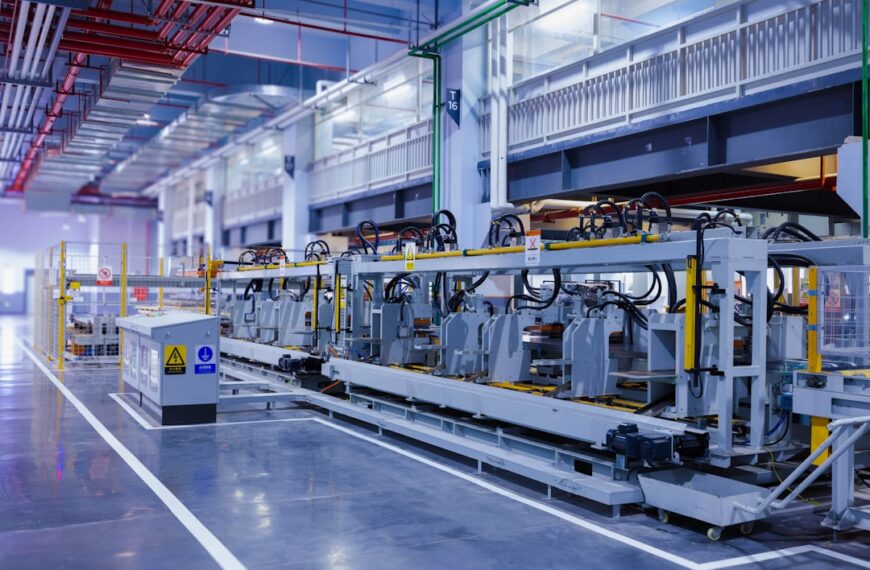The old adage, “location, location, location,” rings truer than ever when discussing economic opportunity. Where you live profoundly impacts your ability to thrive, shaping not only your access to jobs and resources but also your overall quality of life. This isn’t simply about choosing between a city and a rural area; it’s about understanding the complex interplay of geographical factors that determine economic success.
One key element is proximity to economic hubs. Major cities often boast concentrated clusters of industries, offering a wider variety of jobs and higher earning potential. This concentration also tends to lead to better infrastructure, including robust public transportation, reliable internet access, and quality education systems, all of which are crucial for individual and economic growth. However, this comes at a cost; high living expenses and intense competition for resources can negate some of these benefits.
Conversely, rural areas often present a different set of challenges and opportunities. While job markets might be smaller and more specialized, the lower cost of living can significantly improve affordability. This allows individuals to stretch their income further, potentially building wealth more readily than in a high-cost urban center. Furthermore, some rural areas are experiencing economic revitalization, attracting new businesses and industries through targeted economic development initiatives. But limited access to resources like healthcare, education, and advanced technology can hinder economic advancement.
Beyond the urban-rural divide lies a spectrum of factors influencing economic opportunity. Access to quality education is paramount. Areas with strong educational institutions, from primary schools to universities, cultivate a skilled workforce that attracts investment and drives innovation. Similarly, infrastructure plays a critical role. Efficient transportation networks, reliable energy sources, and robust digital infrastructure are essential for businesses to flourish and individuals to access job opportunities.
The prevalence of specific industries in a given region also plays a significant role. Regions specializing in technology, finance, or manufacturing often offer higher-paying jobs and greater career mobility. However, over-reliance on a single industry can leave an area vulnerable to economic downturns. A diversified economy, with a variety of industries and businesses, offers greater resilience and stability.
Finally, the social and political landscape influences economic opportunity. Areas with strong social safety nets, supportive government policies, and a culture of entrepreneurship tend to foster economic growth and provide a more equitable distribution of wealth.
Understanding the geography of economic opportunity requires a nuanced perspective. It’s not about simply choosing the “best” location, but about understanding the trade-offs and making informed decisions based on individual circumstances, career goals, and personal priorities. By recognizing the complex interplay of factors that shape economic success, we can better navigate the path to individual and collective prosperity.











